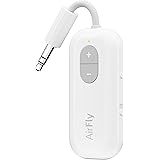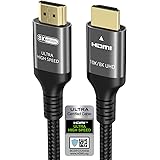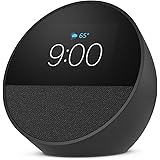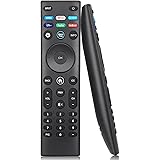If you’re thinking about building a home theater around a HomePod, it’s important to understand the limitations. While Apple’s smart speaker is a powerful audio system on its own, it’s not the only choice if you want to have a home cinema setup that supports Dolby Atmos, a surround sound format that offers more immersive listening experiences than traditional stereo music.
The HomePod’s main purpose is to act as a Siri-enabled wireless speaker, allowing you to control music and podcast playback with your voice, set timers and alarms, make phone calls, ask random questions, dictate messages and use it as an intercom. It also works with a wide range of third-party services, like Spotify, iHeartRadio, TuneIn Radio, Deezer and Pandora.
Apple’s latest HomePod includes several significant upgrades to improve the speaker’s performance. The biggest improvement is a redesigned speaker array that now uses beamforming to direct audio towards the listener, avoiding the sound reflecting off walls or ceilings. The number of tweeters has been reduced from seven to five, and they are more tightly packed and aggressively angled.
In our tests the HomePod 2 reproduced a full spectrum of sounds, including crisp highs and deep bass. However, it still struggled to deliver truly sub-bassy tones. At the top of its vocal range, it was able to articulate the vocals in songs like Alex G’s Runner, but the low-end sounded muffled and overshadowed.
Aside from that, the HomePod does a superb job of filling a room with loud and clear audio. At moderate volumes it can easily fill a medium-sized room, and at higher levels there’s little to no distortion, making it an excellent option for a TV setup.
To get the most out of a HomePod in a home theater, you’ll need to have an iPhone or iPad running iOS 17 or later and an Apple TV 4K with a compatible HDMI cable plugged into the eARC port. If you do, the HomePod can serve as your TV’s default audio output and will automatically route all audio from your Apple TV, apps, games, Sky box or Blu-ray player to it.
HomePods can also be used to create a stereo pair and can be assigned to the same room as an Apple TV in the Home app, which can be useful for a multiroom audio setup.
As an alternative to a dedicated home theater system, the HomePod can provide a powerful and cost-effective solution for a few years. But it’s not a complete home cinema system, and you can achieve many of the same features for much less from other vendors. So, unless you’re really committed to Apple’s home theater design aesthetic, it might be worth considering something else. Alternatively, a HomePod in a stereo pair with an inexpensive Sonos soundbar is a fantastic setup. For even more immersion, add a second HomePod and set it up to be your TV’s audio output. It’ll take a bit of work, but the end result is more spacious and Atmos-like than you might expect.









